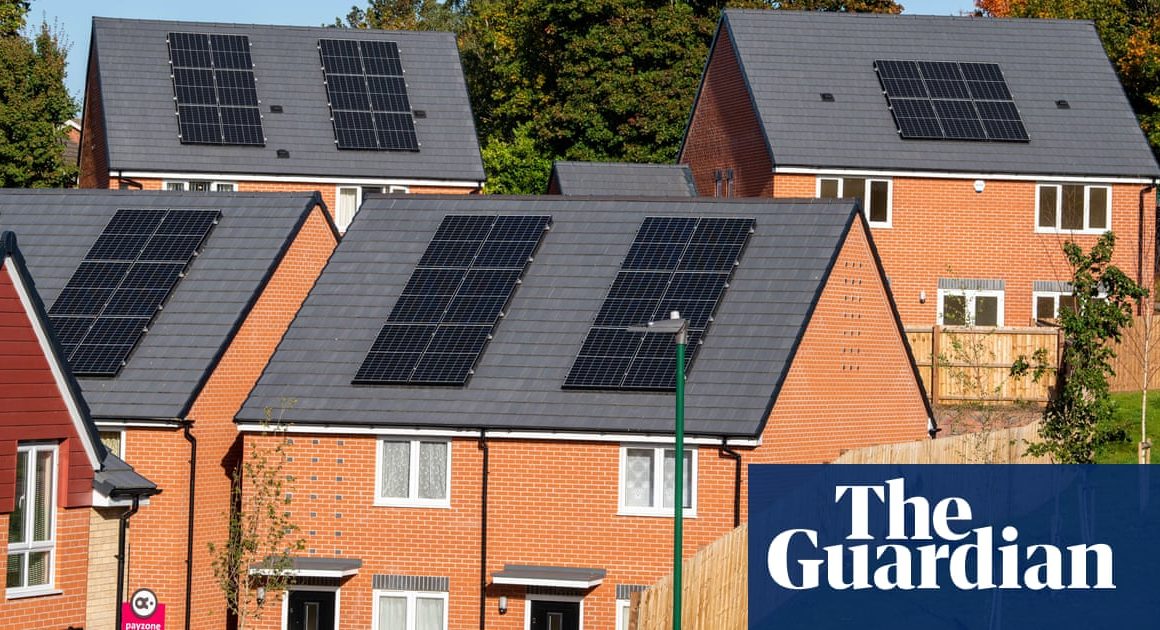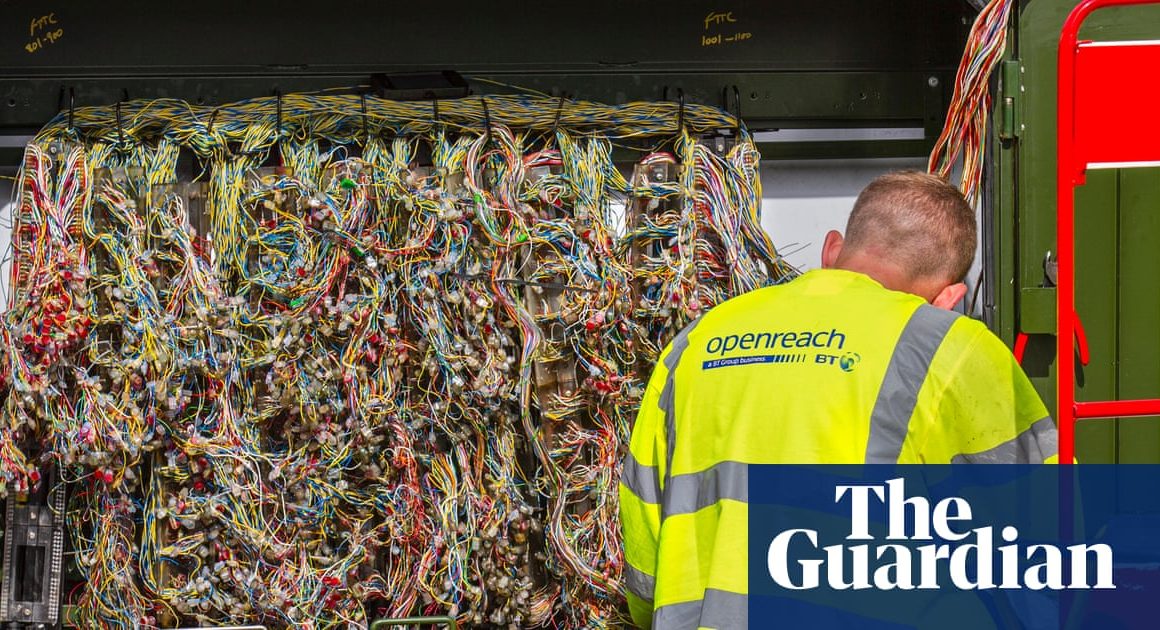There goes another of BP’s shiny targets cum ambitions. This one is not related to the pace of energy transition but is purely financial. Soon after getting the top job permanently at the start of the year, the chief executive, Murray Auchincloss, said BP planned to spend $14bn (£10.7bn) buying back shares over the course of 2024 and 2025. Now he’s not so sure about the second lap of the track.
The $14bn figure is described as “currently unchanged”, meaning the $1.75bn a quarter pace can be maintained for the rest of the year, but a warning has been attached thereafter. Next February, BP will “review elements of our financial guidance, including our expectations for 2025 share buybacks”, said Tuesday’s third-quarter report. In other words, this was pre-guidance guidance that BP expects to change. It is the sort of laborious preamble that is becoming a BP hallmark.
Shareholders still do not know, officially, if Auchincloss will jettison the ambition to cut oil and gas production by 25% by the end of decade against 2019 levels, which was itself a reduction from the 40% target set by his predecessor, Bernard Looney, in 2020. It’s just assumed he will ditch the goal because he is overusing the phrase “value over volume”, talking about the need for pragmatism and supporting major oil expansion in the Gulf of Mexico.
In BP’s imagination, these soft-shoe shuffles can be reconciled under Auchincloss’s other refrain of making BP “simpler, more focused and higher value”. To the outside world, however, it just looks confused. Beyond the soundbites, where is BP heading?
One can grant that the original share buyback promise was always “subject to market conditions” and that the market has thrown up a lower oil price and thinner profit margins on refining, the main reasons why the latest quarterly profits were the weakest for four years.
But it is also true that BP’s financial framework is more fragile than its rivals’ because borrowings ($24.3bn) are proportionally higher. In that case, why bother promising $14bn of buybacks in two years if that is predicated on the price of a barrel of Brent staying in the low $80s rather than, as now, slipping to the low $70s?
The answer, of course, is that BP is desperate for love from a suspicious stock market. The financial commitments were designed to keep shareholders vaguely supportive while they wait to see if the transition side – mainly solar, biofuels, offshore wind and electric charging points – can earn similar returns to fossil fuels.
But we are now at a point where BP is failing to satisfy any of the constituencies in its shareholder base. The camp that would prefer BP to ditch its renewables adventures and be more like Exxon and Chevron clearly is not going to get what it wants – that would be a U-turn too far for a board still led by a chair, Helge Lund, who backed Looney’s original, greener vision. But the part that still believes in the virtue of setting goals to reduce oil and gas output will not be happy with the obfuscation on that front. Meanwhile, the glue of buybacks is coming unstuck.
after newsletter promotion
BP’s shares shed another 5% on Tuesday, continuing the underperformance against the company’s peers. Auchincloss can shuffle his way to next February and the next big unveil, but that is the moment when he must offer clarity. At the moment, an investment in BP resembles a mystery tour.










